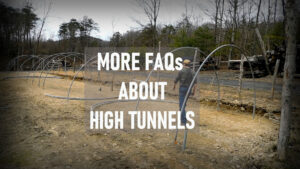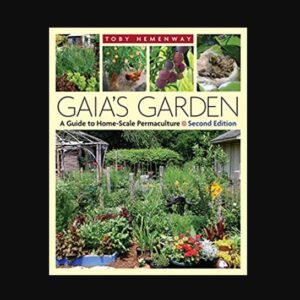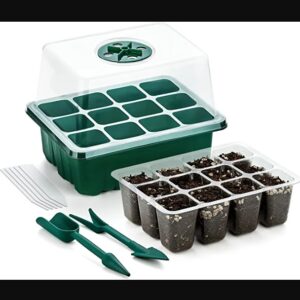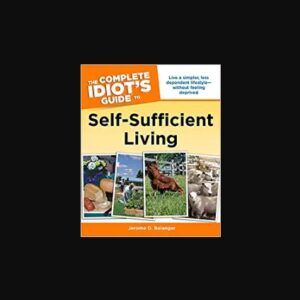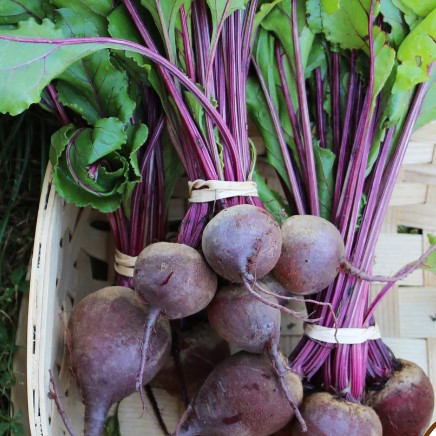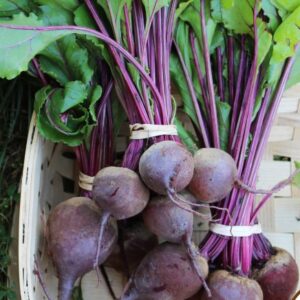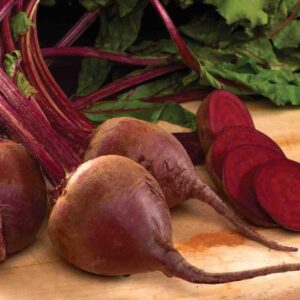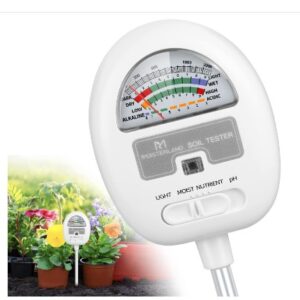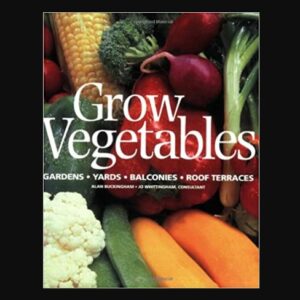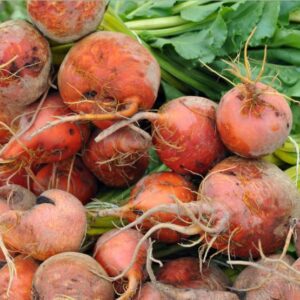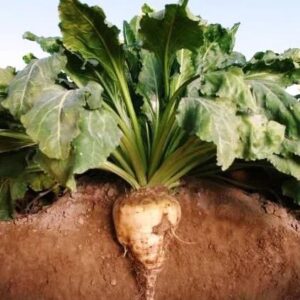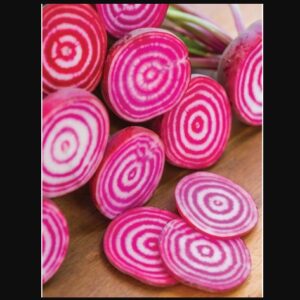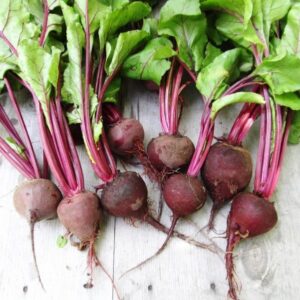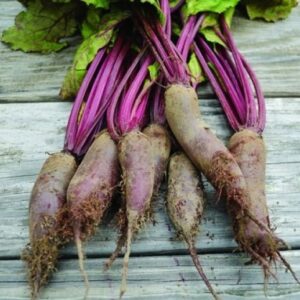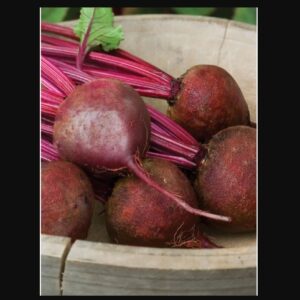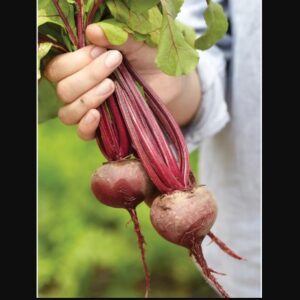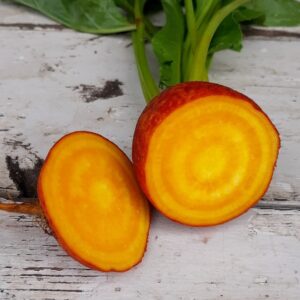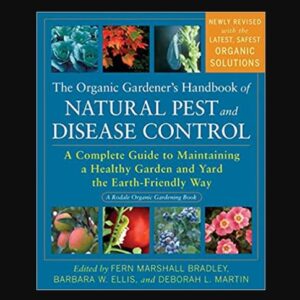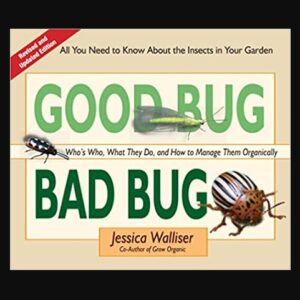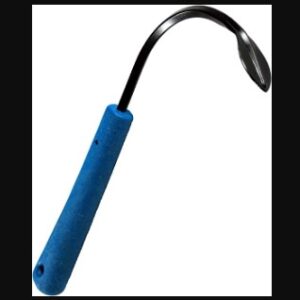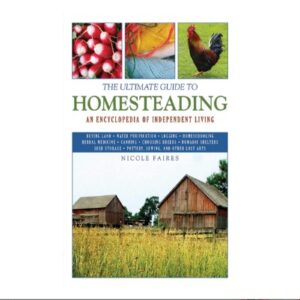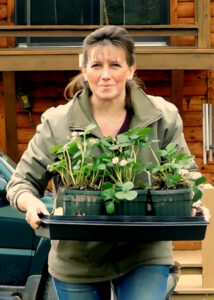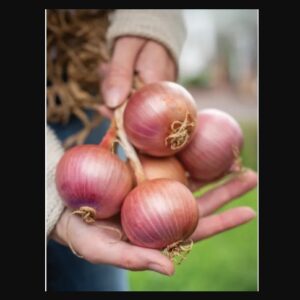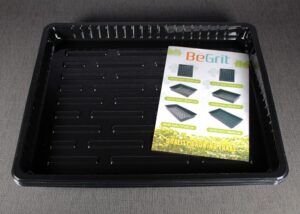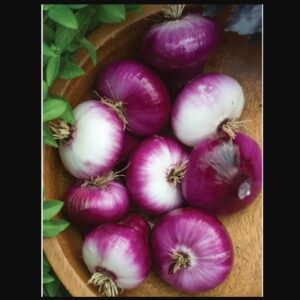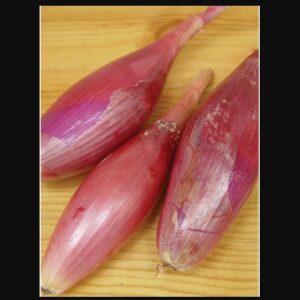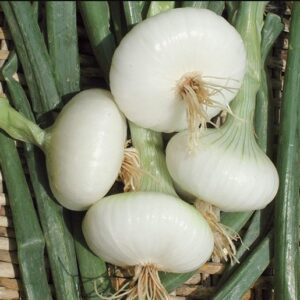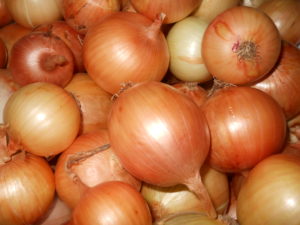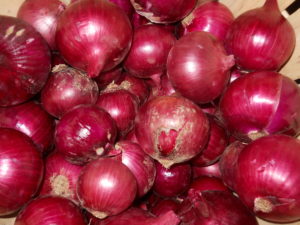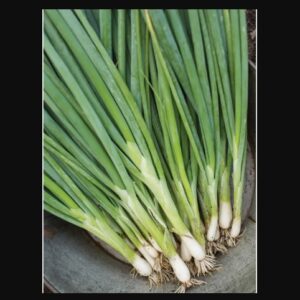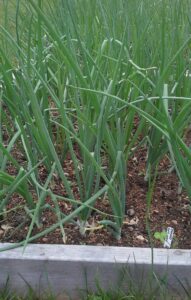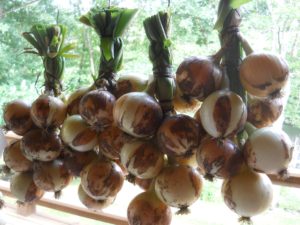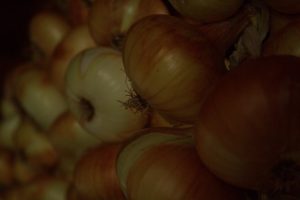More FAQs About High Tunnels
Disclaimer: Pioneer Mountain Homestead videos are for entertainment purposes only. Always do your own research and stay safe!

1. Why should I have a high tunnel at my homestead?
To extend your growing season.
2. How much does a high tunnel cost?
About $1,000-$10,000 depending on size and materials.
3. Can I use a high tunnel in a windy area?
Yes, with proper anchoring.
Follow us for Homestead Living.
We are full time homesteaders with a lifetime of experience.
Make it a Great Day!
#pioneermountainhomestead #pmhomestead #raystown #pennsylvania #raystownfarm #homestead #homesteading #hightunnel #greenhouse #garden #gardening #gardener #growfood #growvegetables #vegetablegardening
Other platforms to view the video:
Other products or information you may be interested in:
Disclosure of Material Connection: Some of the links in this page or post may be “affiliate links”. This means that if you click on the link, Pioneer Mountain Homestead, LLC may receive an affiliate commission at no direct cost to you. Pioneer Mountain Homestead, LLC only recommends products or services that the owners, managers, or employees of Pioneer Mountain Homestead, LLC use or believe will add value to the readers of this website. This disclosure is made with the Federal Trade Commission’s 16 CFR, Part 255: “Guides Concerning the Use of Endorsements and Testimonials in Advertising.”

